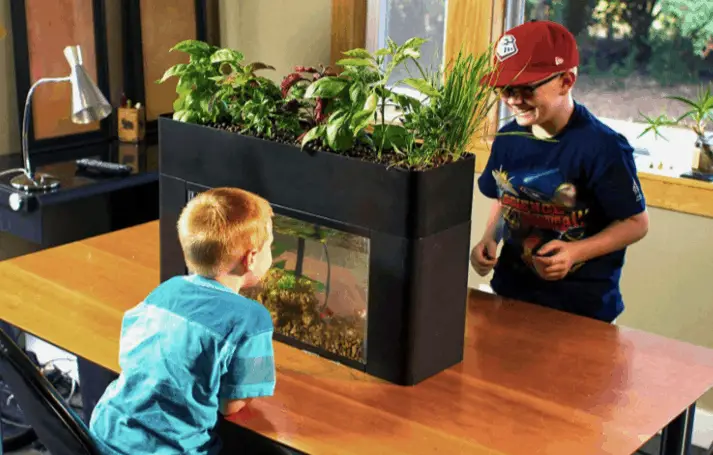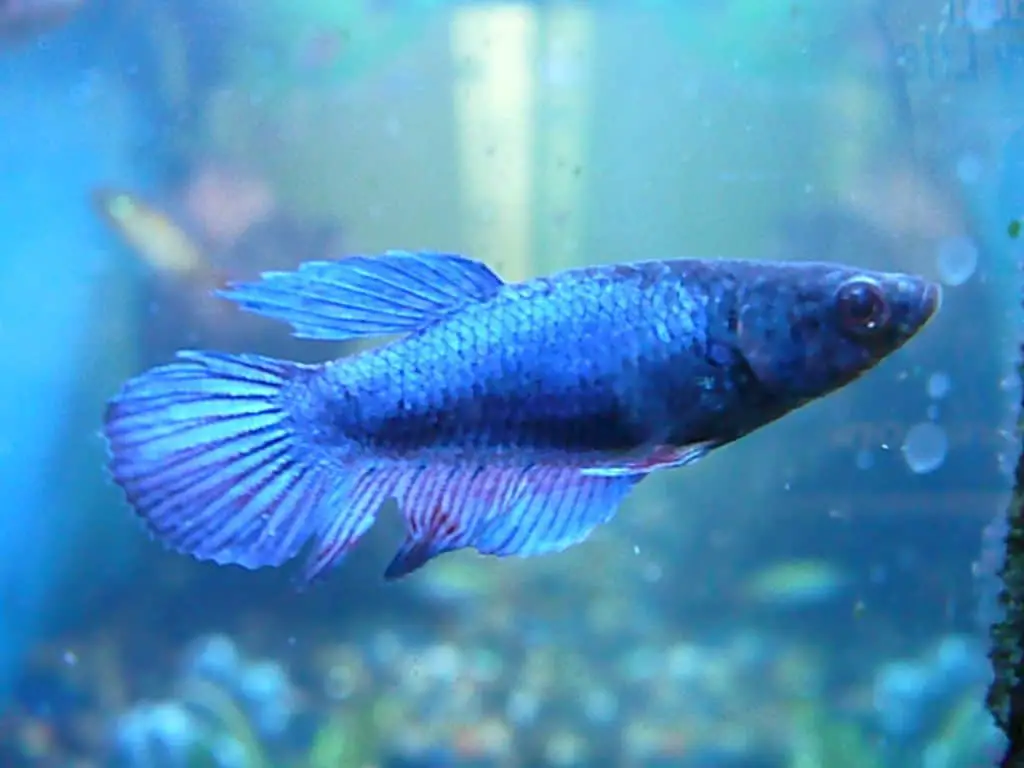What is an Aquaponic Aquarium? If you haven’t yet heard of aquaponics, don’t worry, you’re not slow on the uptake: They just haven’t been driven forward that well by mainstream suppliers – yet. A surprising fact perhaps, given the benefits of keeping these eco-friendly tanks, and the news that they are rising in popularity. So what is an Aquaponic Aquarium – Read on!
What is an Aquaponic Aquarium: It’s a combination of hydroponics (growing plants without soil in water) and aquaculture (raising fish) together in one integrated system. It is not, however, something new; not something revolutionary; contrary to popular belief – it has been around since the Aztecs (1300’s) and even Yunnan migrants in South China around 5AD. They use plants to naturally filter any harmful chemicals and fish waste toxins from the water.
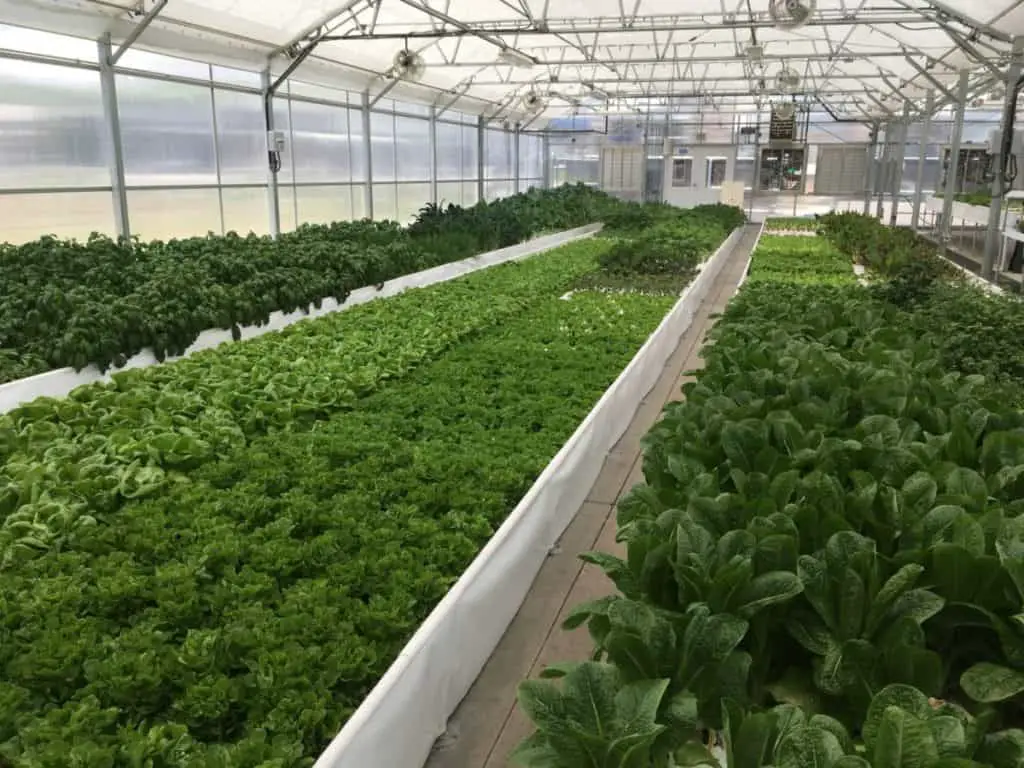
Table of Contents
How Does Aquaponics Work?
For an aquaponics system to work, there need to be three live components; plants, fish, and bacteria. These three work together in a symbiotic relationship to grow the plants, keep the water clean, and hence maintain the fish’s health.
The first step in the aquaponics process is that the fish in the aquarium eat food and produce waste of which more than 50% is ammonia. In the second step, the ammonia is converted by bacteria to nitrite and then nitrate. The third and final step, and herein lies the beauty of aquaponics, the nitrate feeds the plants above.
Natural and Sustainable
Aquaponics is a natural and organic process that mimics the eco-system found in rivers, ponds
The plants then consume the nutrients which help to purify the water. Using the aquaponic system you cannot use any herbicides, pesticides or other harsh chemicals.
In large fish farms thanks to the lack of chemicals and pesticides it ensures that the fish are perfect for eating; a safe and sustainable food source.
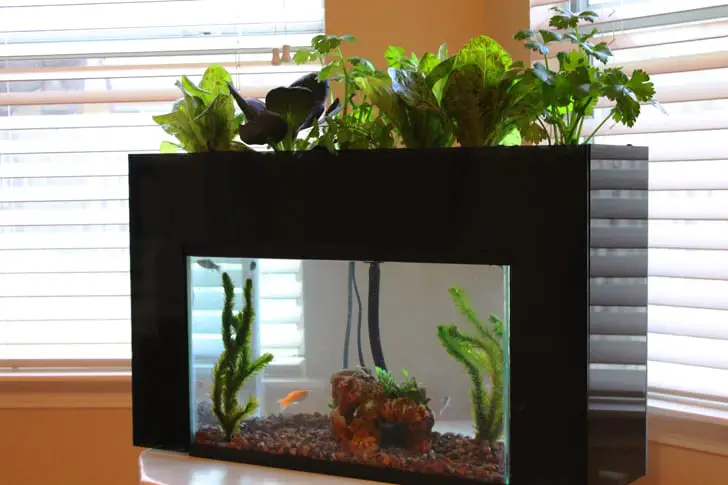
The History Of Aquaponics
Some of the first recorded evidence of aquaponics could be found in the Aztec civilization (1000 AD). Paintings have been found like the one below, of raft-like islands which floated on shallow lakes on which crops were
Nutrient-rich water, waste
Chinampas systems are still popular in some poorer parts of Mexico.
In Asia, a new form of Aquaponics started to develop. Large surfaces under the main crop areas – rice paddy fields had made a good foundation for aquaponic development.
Although the system is very similar to contemporary aquaponic
What Plants Can Be Grown In An Aquaponic Aquarium?
The type of plants you can grow in an aquaponic system will depend entirely on the size of the system you have. Smaller aquaponic tanks are ideal for plants that require lower nutrients. Larger ones can support, yes you guessed it, higher nutrient needs.
Small Aquaponic Aquariums – lettuce, kale, watercress, mint, herbs, arugula, flowers, spring onions, okra, leek, radishes, spring onions.
Large Aquaponic Aquariums – cabbage, cucumber, tomatoes, beans, cauliflower, broccoli, potatoes.
What Fish Can You Keep In An Aquaponic Aquarium?
Again, the fish you keep in an aquaponic system will depend on the aquarium’s size. It is also recommended that you choose fish that mature rapidly; this will aid in and improve plant growth.
Small Aquaponics Systems – Betta, Neon Tetras, Guppies, Mollies, Danios, Dwarf Barbs, Corydoras, and many more.
Large Aquaponics Systems – Tilapia, Trout, Goldfish, Carp, Catfish, Koi, Bass, Perch, Barramundi, and more.
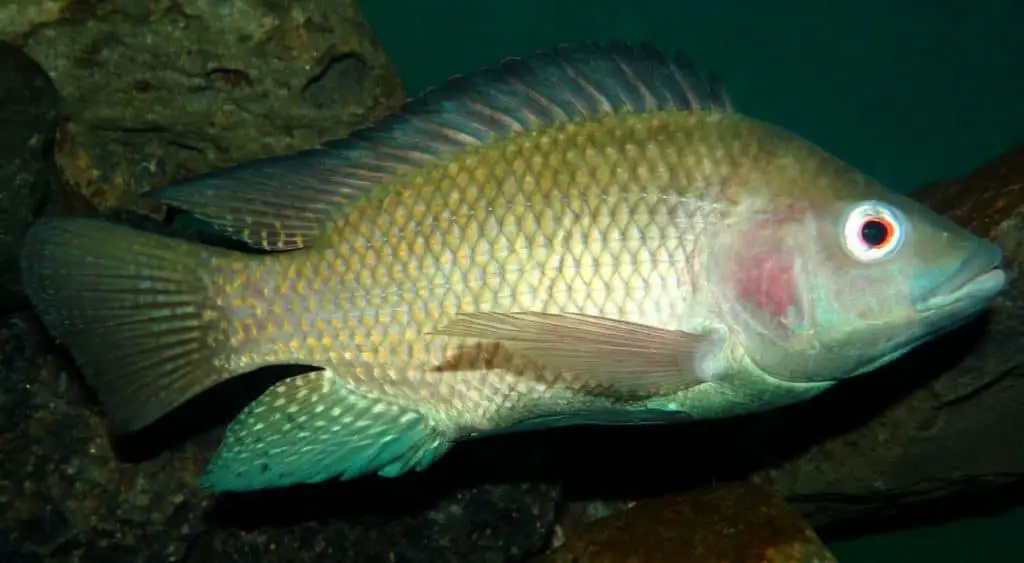
What Are The Benefits Of Aquaponics?
The benefits of keeping fish in an aquaponics system are plentiful and include:
- Being able to grow plants and keep fish at the same time
- Having no need to use fertilizers because the fish provide enough rich nutrients for the plants
- Using less water, in fact only a tenth, of the water you would need in a soil garden
- Not using pesticides (harmful to fish)
- No soil-borne diseases because in aquaponics there is no soil
- Growing plants in very small spaces
- Rapid plant growth due to incredibly nutritious substances being fed to them from the fish water
Tips For Successful Aquaponics
- When deciding what fish to keep and which plants to grow, pick ones that have similar water condition requirements (pH).
- Make sure you feed your fish enough and that they thrive. Depleting fish stocks will make successful aquaponics impossible.
- Remove excess fish waste when necessary. Too much waste building up will harm your fish.
- Keep an eye on pH levels. As mentioned previously, correct water conditions will result in greater success.
- Provide good aeration. Not only do plants need this for their roots to be oxygenated, but also, fish and bacteria require oxygen to survive.
Conclusion: What Is An Aquaponic Aquarium – Are They The Future?
Within the fishkeeping hobby, it would be difficult to imagine a time where the majority of home aquariums become aquaponic. However, they are growing in popularity for those wanting to do things a little differently or do their eco-friendly bit. More and more aquaponic systems are also making their way onto the market, making them less of a niche.
For more information on aquaponics and recommendations on which aquarium to pick, why not head over to our aquaponics review. Here you will find the best of the systems to choose from plus further info on how your fish can provide food for and help grow the plants that will keep your aquarium clean.
- Comparing Aquarium Gravel To Sand – Which Is Best For Your Tank?
- Silver Arowana: Complete, Care, Breeding, Feeding Guide
- Rainbow Shark: Diet | Size | Breeding | Cost
- Tiger Barb Fish: Diet | Breeding | Size | Water Conditions
- Jack Dempsey: Diet | Size | Breeding | Lifespan | Sexing | Care Guide

I have been working in the tropical fish industry for over 30 years now and I’m still learning. Everyday is a school day in this hobby. In my spare time I play golf very badly!


